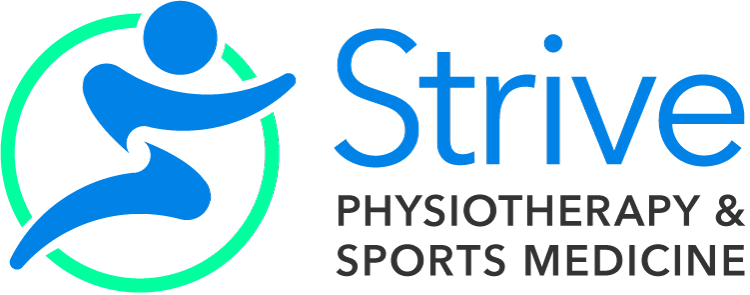Femoral Acetabular Impingement (FAI) is discomfort in the hip due to the femur (thigh bone) rubbing against the hip socket (acetabulum).
What is Femoral Acetabular Impingement (FAI)?
In FAI the smooth interaction of the femur and the hip socket is disrupted. There are two types of FAI: (1) a CAM impingement when the top of the femur is not round, (2) a Pincer impingement when the hip socket is too narrow or (3) a combination of CAM and Pincer impingements.
What causes FAI? What are common symptoms of FAI?
FAI is a result of a change in shape in the femur or hip socket. This causes friction during hip movements and can damage surrounding cartilage that allows bones to glide smoothly on each other. This condition may begin at birth (congenital) or develop as a child age (acquired). Both environmental and genetic factors contribute to the development of FAI.
Common symptoms of may FAI include:
- Decreased hip range of motion in flexion, adduction, ands internal rotation
- An intermittent and dull ach or pain in/around the hip and groin
- Pain during prolonged sitting and walking,
- Pain during or after exercise
- Pain when flexing the hip beyond 90°
- Pain on squatting
How can Physiotherapy help FAI?
Physiotherapy can help alleviate symptoms by assessing muscle tone around the thigh and back, improve hip flexibility and pelvis mobility. A tailored treatment plan will be made according to your situation. Your Strive physiotherapist will implement a variety of hands-on techniques such as massage, passive stretches, and hip traction to decrease discomfort. You will also be given a tailored exercise/stretching program aimed at increasing your hip and lower back flexibility and strength.
How can Massage therapy help FAI?
Massage therapy can be used to treat both the direct and indirect causes of your FAI. Your Strive massage therapist will aim to decrease tightness in the muscles around the thighs, hips, pelvis, and lower back. Your massage therapist is highly skilled at muscle and fascial release which helps reduce tone contributing to hip stiffness.
How can Sports Medicine/Physiatry help FAI?
In certain situations, your physiotherapist or massage therapist may recommend that you see a sports medicine physician for your hip impingement. Your Strive physiatrist and sports medicine physicians can order images for your hip (ex. Xray, MRI, ultrasound) to determine if any underlying issues are present such as osteoarthritis. They can also perform specialized injections such as cortisone to help reduce pain and inflammation.
How can Physiotherapy help FAI?
Physiotherapy can help alleviate symptoms by assessing muscle tone around the thigh and back, improve hip flexibility and pelvis mobility. A tailored treatment plan will be made according to your situation. Your Strive physiotherapist will implement a variety of hands-on techniques such as massage, passive stretches, and hip traction to decrease discomfort. You will also be given a tailored exercise/stretching program aimed at increasing your hip and lower back flexibility and strength.
How can Massage therapy help FAI?
Massage therapy can be used to treat both the direct and indirect causes of your FAI. Your Strive massage therapist will aim to decrease tightness in the muscles around the thighs, hips, pelvis, and lower back. Your massage therapist is highly skilled at muscle and fascial release which helps reduce tone contributing to hip stiffness.
How can Sports Medicine/Physiatry help FAI?
In certain situations, your physiotherapist or massage therapist may recommend that you see a sports medicine physician for your hip impingement. Your Strive physiatrist and sports medicine physicians can order images for your hip (ex. Xray, MRI, ultrasound) to determine if any underlying issues are present such as osteoarthritis. They can also perform specialized injections such as cortisone and platelet-rich plasma (PRP) to help reduce pain and inflammation.
Self-Care Strategies
How long does it take for me to recover from FAI?
The duration of recovery will vary depending on your level of pain and lack of range of motion. Starting treatment earlier can decrease your length of treatment and will take approximately 5-7 weeks.
What are the best exercises to help with my FAI?
To get started in treating your FAI, check out our FAI home exercise program. Please keep in mind that these exercises were designed as a starting point for improving your symptoms. These exercises should not be performed if they cause or increase discomfort.
Exercises include:
- Kneeling hip flexors stretch
- Sitting piriformis stretch
- Cat and camel (Anterior pelvic tils and posterior pelvic tilt)
- Glute bridges
- Banded dead bugs
What can I do to treat my FAI at home?
One part of symptom management is avoiding movements that aggravate your symptoms. These can include avoiding sitting, standing, and long exercise sessions. Self-massage to release muscles on the front thigh using a foam roller or massage stick can help decrease tightness.

This content was created by Jared Dolman-Smith in 2021 as part of the requirements for the Guleph-Humber Kinesiology student placement Legacy Project assignment.
Strive is dedicated to empowering people through education and proud to support multidisciplinary health professional education.

This content was created by Jared Dolman-Smith as part of the requirements for the Guleph-Humber Kinesiology student placement Legacy Project assignment.
Strive is dedicated to empowering people through education and proud to support multidisciplinary health professional education.

Stefanos Goulas
HBScKin, MScPT
Registered Physiotherapist
Growing up playing football, rugby and lacrosse, Stefanos received extensive coaching in strength training, Olympic lifting and sprinting. His personal and clinical experience in these areas has instilled a deep understanding of the biomechanical and technical demands necessary for peak athletic performance. Stefanos believes that successful rehabilitation goes beyond simply treating an injury; it requires an understanding the whole person, their lifestyle and their goals. He integrates exercise prescription, manual therapy and education to create individualize treatment plans tailored to each patients’ unique needs. Whether he is working with athletes or members of the community, Stefanos is committed to helping his patients meet their goals and return to the activities they enjoy with confidence. Originally from British Columbia, Stefanos relocated to Ontario to pursue post-secondary education, earning an Honors Bachelor of Science in Kinesiology from McMaster University and a Masters in Science in Physical Therapy from the University of Toronto.


